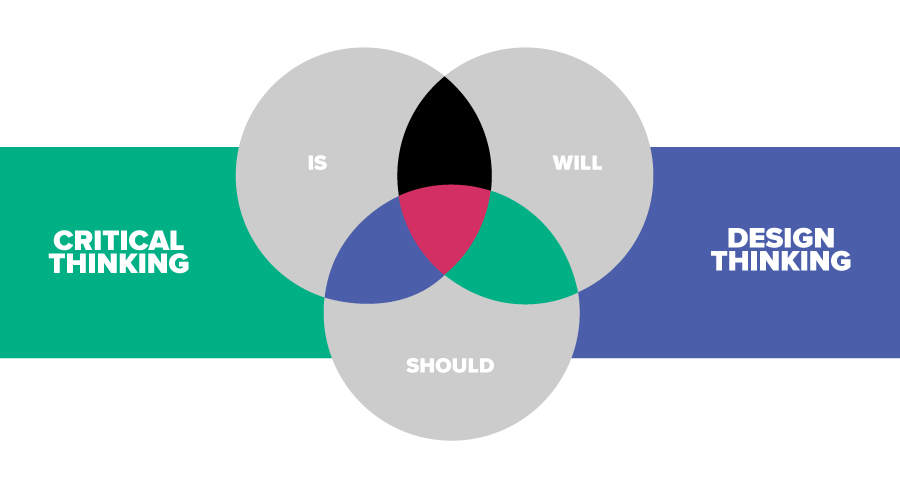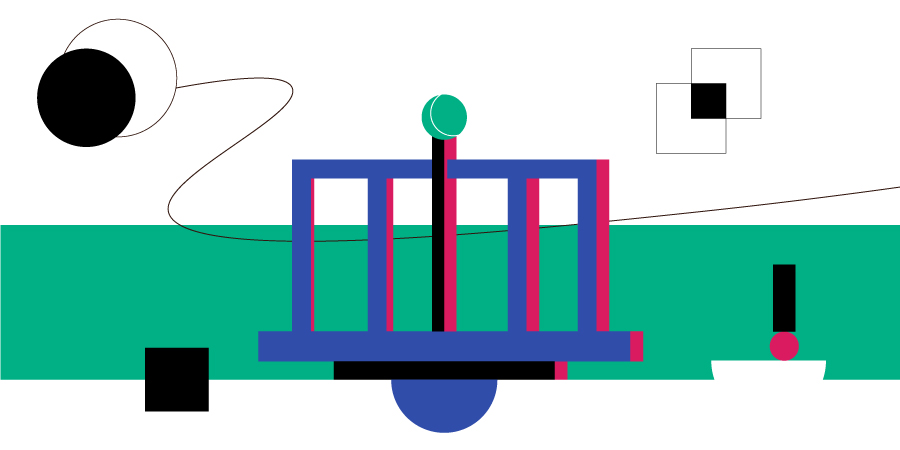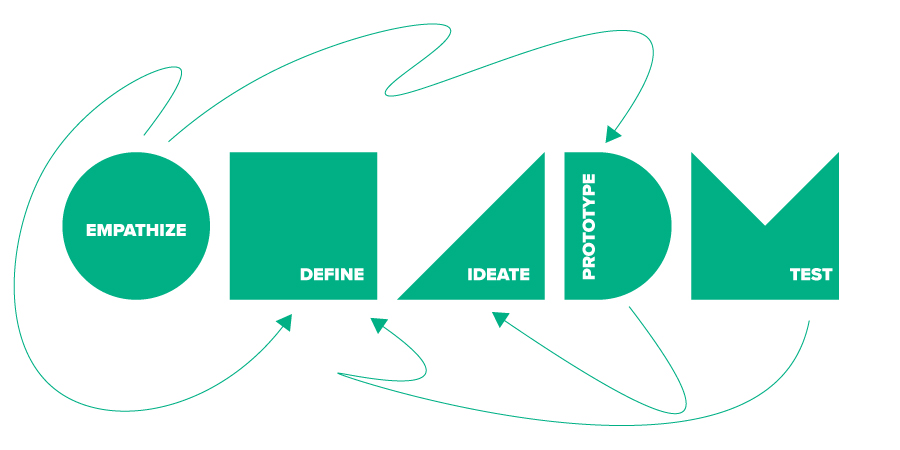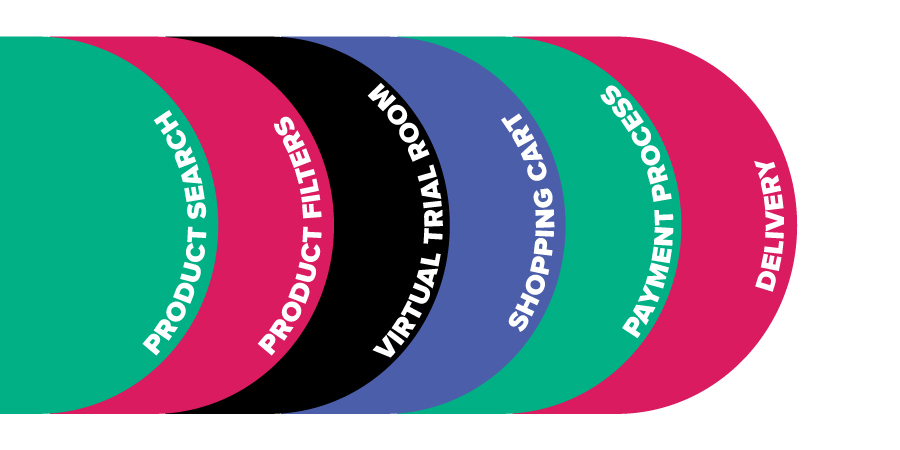Experience is top of mind for companies across many verticals, and for good reason—user experience is expected to replace price and product as the key brand differentiator by next year. Delivering remarkable experiences requires thoughtful experience design (XD)—driven by a human-centric, solution-based approach to solving problems.
This approach is known as design thinking (DT) yet problem solving without having internal and external facts and perspectives will inevitably result in failure. Ensuring truly optimal experiences requires DT to be coupled with critical thinking. This means moving beyond the developer’s perspective and experience to include first- and third-party data that provides an accurate picture of the customer mind.

Critical thinking
Too often, DT is driven by the imaginations and biases of those empowered to solve a problem. This approach is counter to critical thought which includes rational, skeptical, and unbiased evaluation of factual evidence.
Without unbiased, critical thought, DT is ineffectual—it becomes a design process where all ideas are good ones, and best intentions overshadow best practices. DT without critical thinking is exemplified in a 2010 international case study where a South African company sought to solve pervasive clean water issues for tribal villagers.
Plight of the PlayPump
The would-be benefactors of potable water originated the concept of providing fresh water to women and children in Africa by way of a “merry-go-round” playground pump system. The PlayPump was designed to solve two problems: provide a vital water supply and offer a recreational experience for children. Initially, the idea was widely applauded and supported financially.

In hindsight, we know the PlayPump failed because proper consideration wasn’t given to the culture served. African children had no historical reference (or inclination) to push or jump onto a spinning wheel, or hold on until the momentum stopped. Additionally, using child’s play as a means of manual labor raised ethical questions. Consequently, fixtures went unused and, in many cases, villagers removed the PlayPumps in favor of the original water pumps that had been replaced.
This is a clear example of how design thinking—even driven by the best intentions—can and will fail in the absence of critical thinking that considers all facts (cultural, environmental, and more) and asks pertinent questions from concept to delivery.

Take it one step further
The five stages of design thinking are well known: empathize, define, ideate, prototype, and test. There is no question that critical thinking is used in the design thinking process. What must be ensured is that at each stage critical thought is given outside of the context and focus of creating the solution from the developer’s inherently limited perspective. Let’s look at how this applies to each of the five stages of DT.
Empathize
By definition, empathy is the sharing of another person’s state of mind and emotions. Proper time and resources must be given to research, collecting all relevant data, and applying critical thinking to fully understand those who are to be served by a solution. If developers cannot relate to the customer’s state of mind, empathy is impossible. In the case of PlayPump, designers had compassion for thirsty villagers, but not true empathy.
Define
Insights collected during the empathize stage are applied to form a problem statement. All too often this is also expressed from the company’s—rather than the end-user’s—point of view. Critical thought must be given to ensuring relevance and benefit to the customer first. With PlayPump, using children to manually pump water in a playful way may have been cost-effective (vs. solar-powered pumps for example), but failed to work as the children did not behave as expected. Ultimately PlayPump generated criticism due to its cultural and ethical insensitivity.
Ideate
Critical thinking is vital at this stage to ensure out-of-the-box ideation that goes beyond new and creative ways to solve a problem. While the ideation stage is intended to be inspirational and collaborative, it is far too easy to become distracted in the process and lose sight of the empathic and well-defined vision. Once the idea of using playground equipment to pump water was agreed, it is likely the company focused on what type of play equipment was best suited—with no pause to consider the possible missteps prior to this stage of the design process.
Prototype
Critical thinking is especially present during prototyping, with benefits realized both internally and externally. By including other departments and small external focus groups in sharing and testing, developers will achieve a more efficient and robust experimental process. Acceptance, improvements, and even rejections must be driven by user experiences to determine solution constraints and challenges. Clearly villagers (or developers with first-hand cultural knowledge/awareness) were not included in the process to determine the PlayPump prototype’s efficacy.
Test
This iterative process is driven by critical thinking. The testing stage redefines, informs, and drives changes and refinements. Here, critical thinking—based on perpetual learning—is applied to understand how end-users think, behave, and feel in order to (re)empathize and optimize the experience. Learnings drive the non-linear DT process back to defining problems to be solved.

Critical + Design = Value
Unbiased critical thinking—even when it creates friction or rejection of initial concepts—does not suppress creative design thinking. Instead, it serves as a balance within the experience design process. In fact, there is far greater value achieved when all perspectives are considered.
Value stream thinking (VST) is achieved when objective analysis and evaluation are combined with a solution-driven process. This must be the standard for experience design today and for the future because VST ensures end-to-end human-centricity and collaboration.
With over 25 years proven experience, SoftServe helps companies to map out design-thinking and experience design, actual adoption, interoperability, and actual problem solving. Our software and design experts reflect an empathetic, human-centered approach to improving experience design projects. Contact our experience design experts today.
To learn more about design thinking and experience design, read our latest whitepaper Empathy in Software Design.

